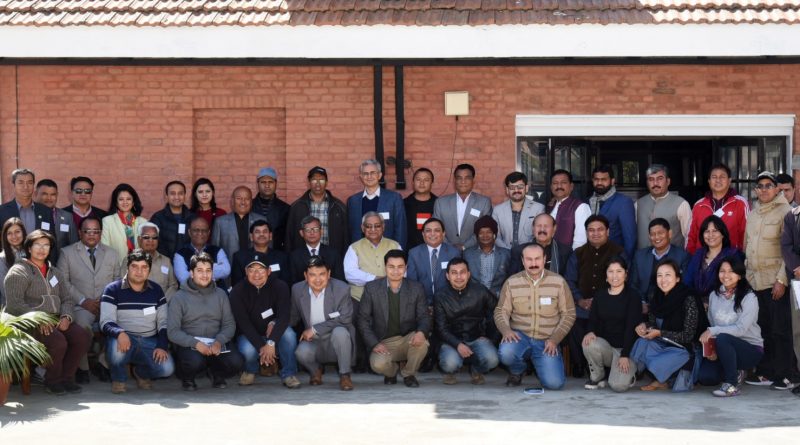Zigzag Kilns Hold Promise for ‘Greening’ South Asia’s Brick Sector
Brick kilns rank among the most notorious sources of pollution in South Asia, emitting thick black smoke filled with carbon monoxide, sulphur dioxide, and particulate matter such as black carbon.
However, for brick manufacturers, adopting other forms of kiln technology has meant reducing brick quality and overall productivity. So, how to resolve this issue?
In Kathmandu this week, brick manufacturers from Bangladesh, India, Nepal and Pakistan met to exchange ideas and practices about the design and construction of zigzag kilns – a new configuration that produces high quality bricks at lower costs and with fewer harmful emissions.
Currently, the Fixed Chimney Bull’s Trench Kiln (FCBTK) is the most common design of brick kiln and it contributes significantly to poor air quality that adversely impact human health and vegetation. For three days, conference participants discussed means to convert existing FCBTKs to zigzag kilns, which are also more earthquake resistant.
The event was jointly organized by the International Centre for Mountain Development (ICIMOD) and the Federation of Nepal Brick Industries (FNBI). The 20-plus participants also made field visits to examine zigzag kilns in Bhaktapur, Dhading, and Biratnagar to gain first-hand experience and testimony from current operators.
The conference was organized as part of ICIMOD’s DFID-funded Brick Kiln Initiative to help rebuild Nepal’s brick sector after the earthquake of April 2015. Programme coordinator, Bidya Banmali Pradhan, says the initiative has achieved much success in a short period: “We are encouraged to learn that progressive brick entrepreneurs in Nepal have converted their FCBTKs to zigzag kilns. As we want to see more and more brick entrepreneurs in South Asia follow suit, we’ve been working hard to spread the word about improved zigzag kiln designs and facilitating exposure visits for interested brick entrepreneurs from the region and beyond.”
Mahendra Bahadur Chitrakar, the FNBI President, said the brick kiln idea spread from India to Nepal and now Nepal is moving to share this technology with the region. “We adapted [the zigzag kiln] to our context and further developed it. Air pollution is a complex problem that no single country can solve. There are about 138,000 brick kilns in South Asia, and we have decided to form a Federation of Asian Brick Kiln Associations to address multiple challenges, including growing environmental and health concerns through regional cooperation and collaboration. We think this is the way forward that gives us the best shot.”
ICIMOD’s deputy director general, Eklabya Sharma, reiterated his institution’s dedication to improving air quality in South Asia through initiatives like these: “Emissions from brick kilns are having adverse effects on the mountains far away and people living downstream. The challenge is to modernize South Asia’s brick sector through reductions in costs and emissions. ICIMOD serves all eight countries of the Hindu Kush Himalaya, we stand ready to help in any way we can.”

